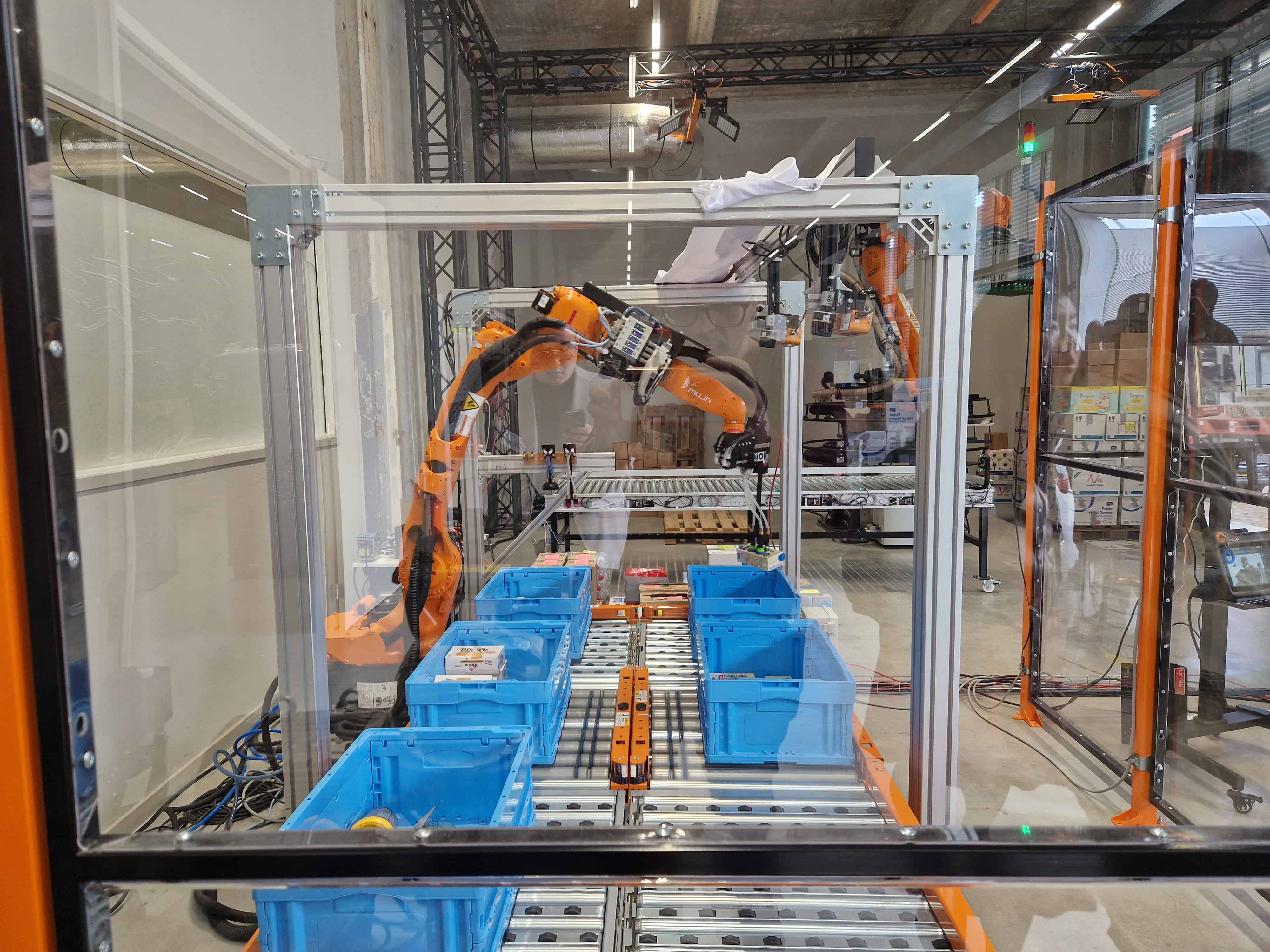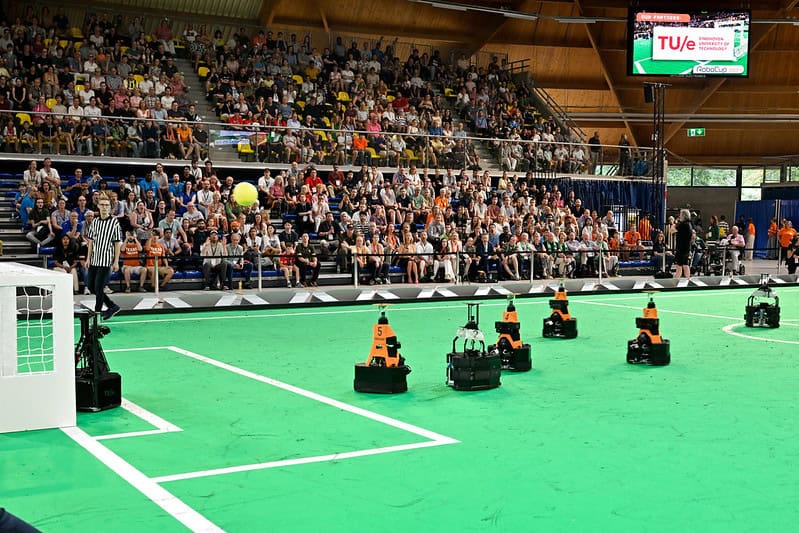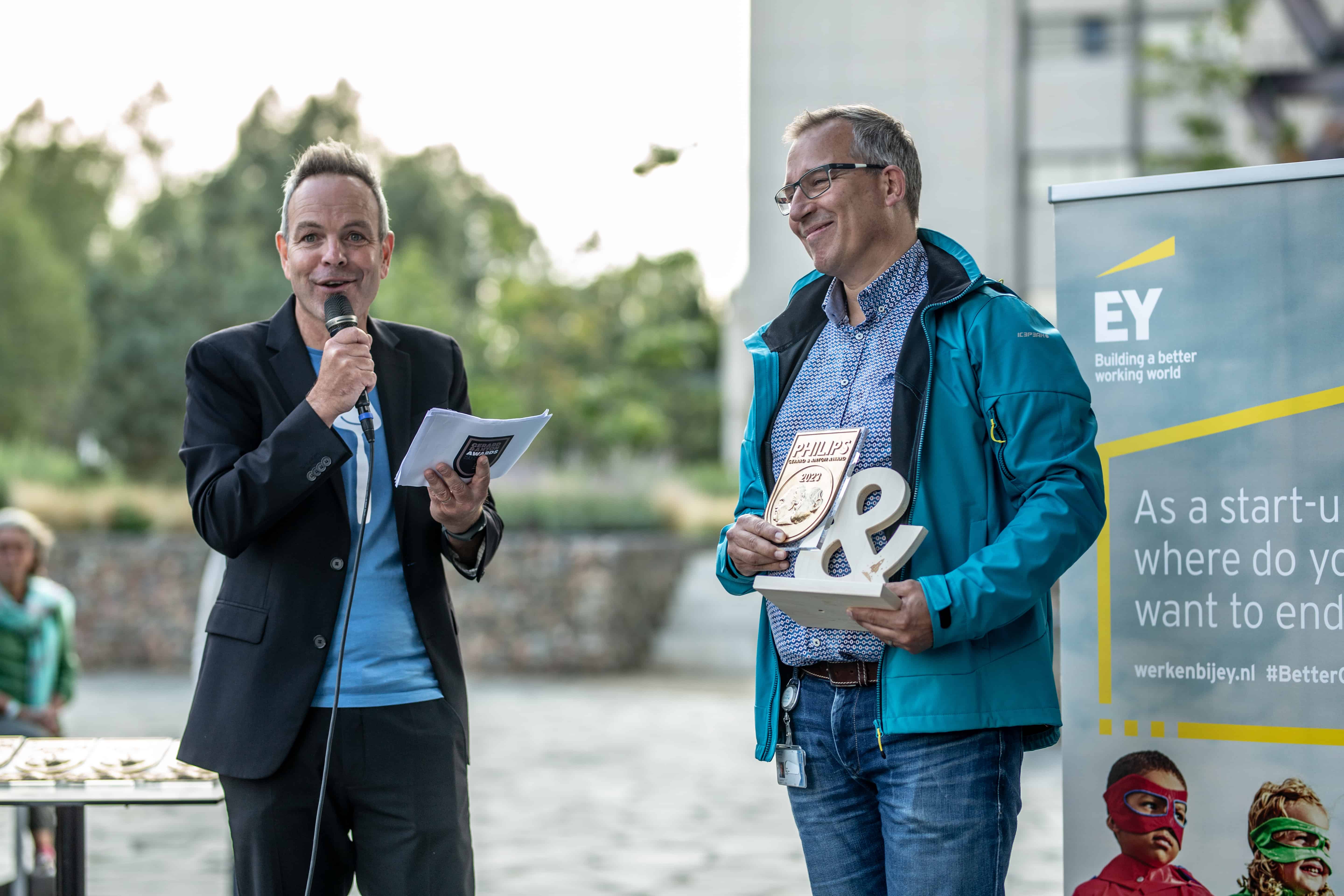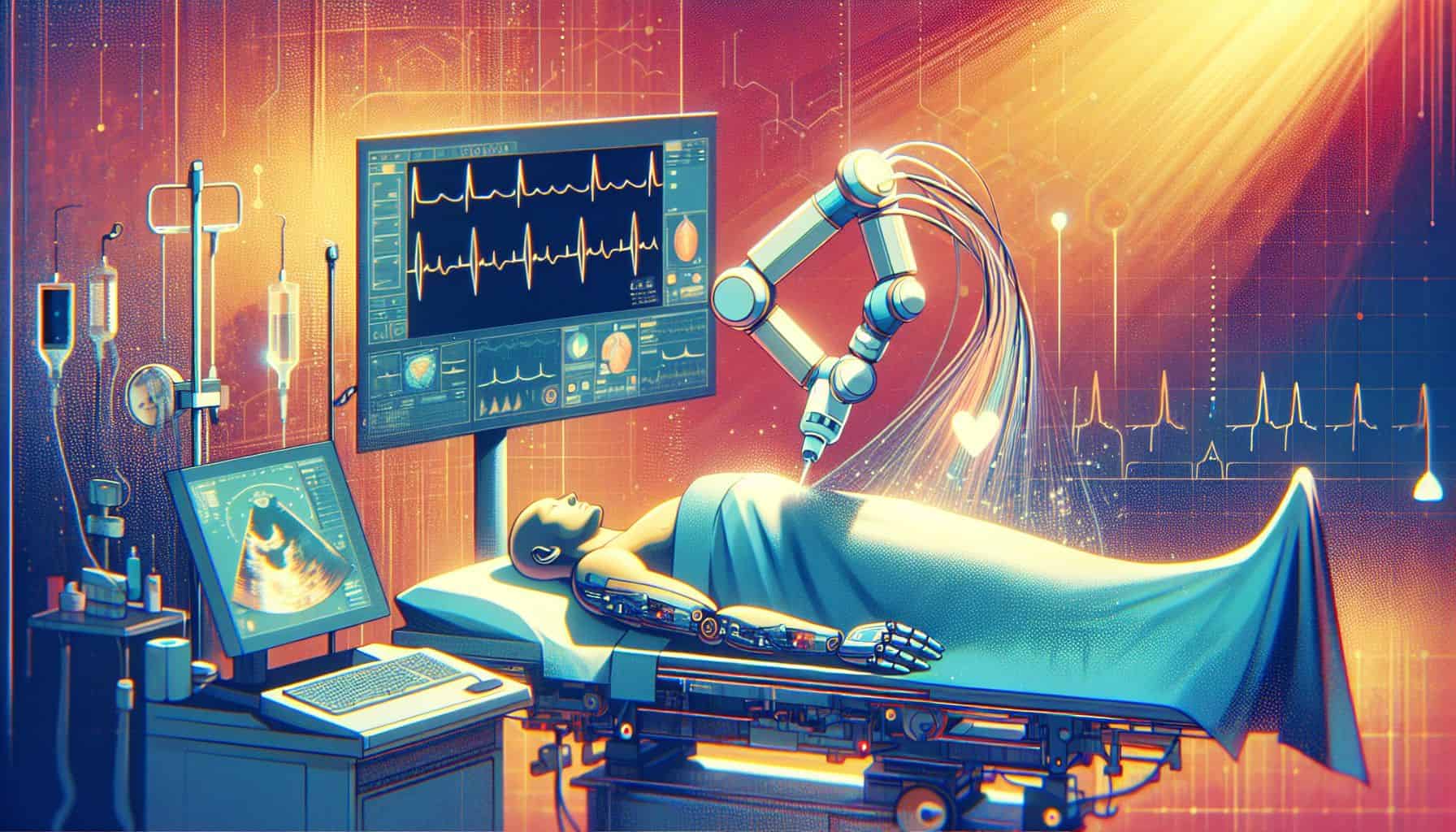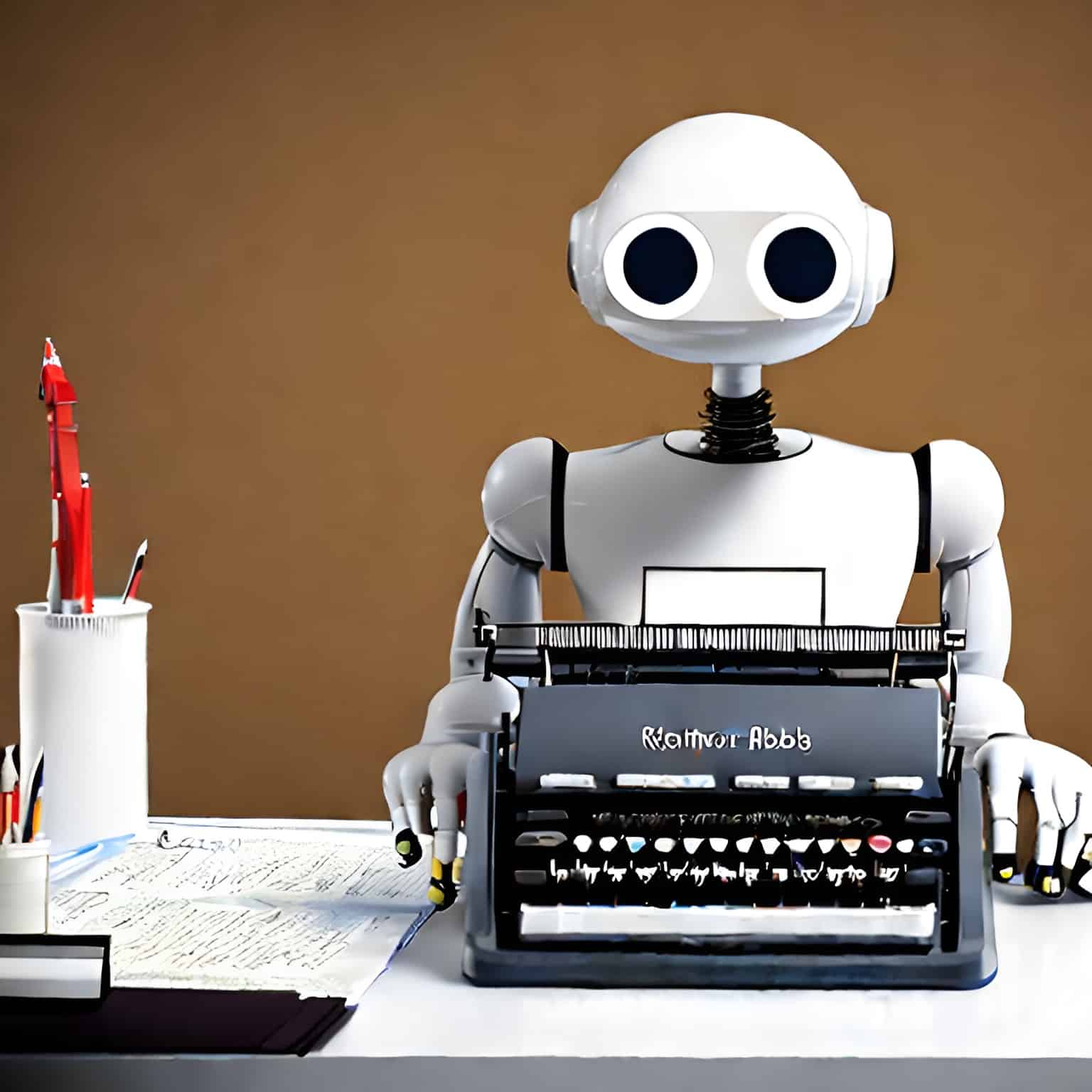
A project team (with researchers from Inria/ENS/CNRS) has developed Pinocchio, an open-source software that enhances robotic locomotion and manipulation by using perception to interact with the real world, says French research institute Inria in a press release.
- Pinocchio serves as a highly effective calculation engine
- Pinocchio is now widely used in the industry for creating reliable and effective robot models
Created by Inria Paris researcher Justin Carpentier, Pinocchio has already found applications in various industries. This cutting-edge software can calculate and adjust robot movements in real-time, solving complex equations in microseconds. Initially designed during Carpentier’s PhD, Pinocchio is now being used to understand human locomotion and is involved in several EU research projects, aimed at improving robotic movement and accelerating the industrial deployment of robotic and AI solutions.
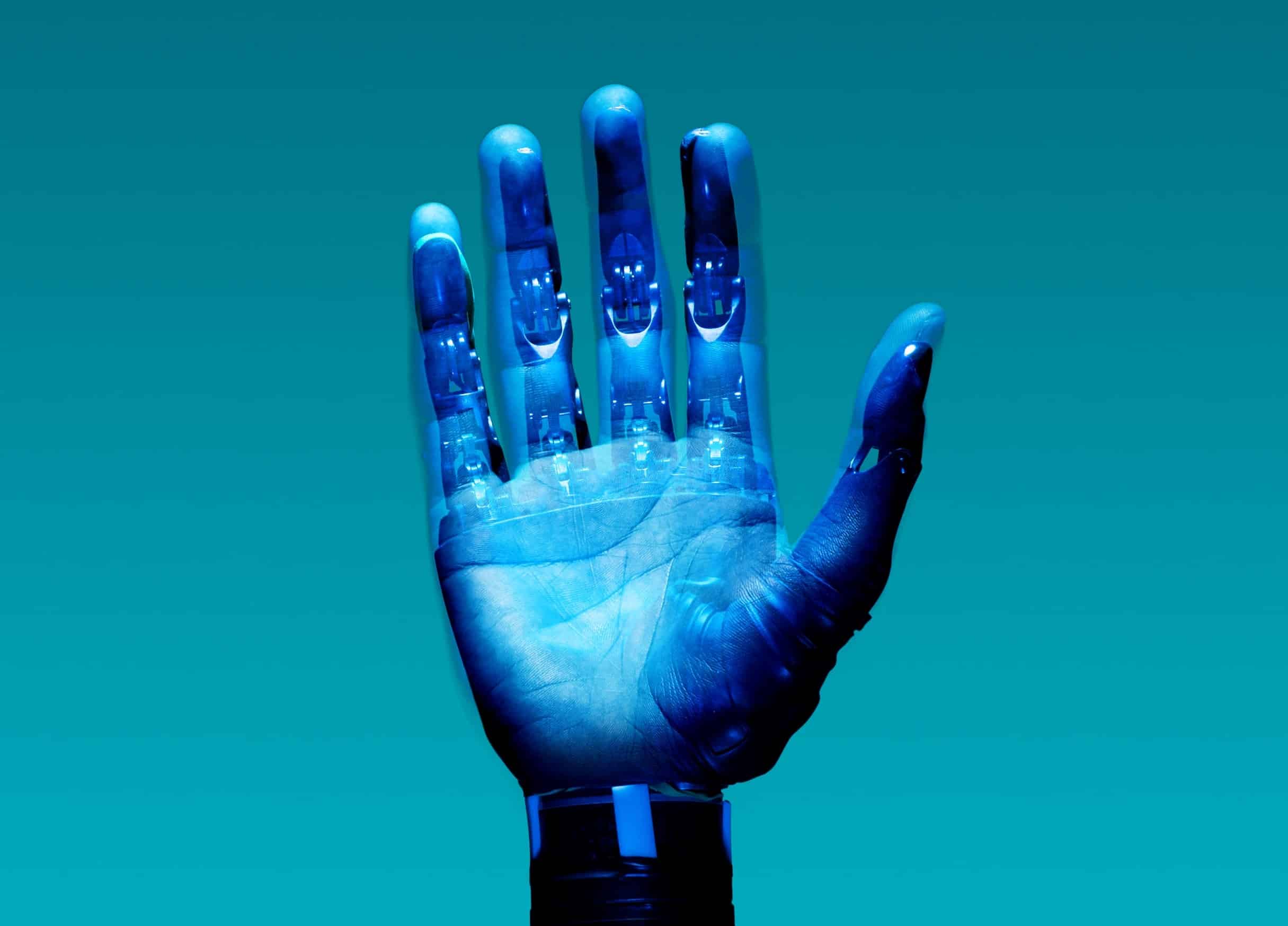
Thousands of variables
For humanoid robots to move efficiently, AI systems must tackle problems with thousands of variables, often hundreds of times per second. This is where model predictive control comes into play, with Pinocchio serving as a highly effective calculation engine for describing complex interaction phenomena. According to Justin Carpentier, a researcher at the WILLOW project, Pinocchio manages perception, analysis, and adjustment for robot movements, allowing them to navigate and interact with their environment more effectively.
Pinocchio was initially developed during Carpentier’s PhD work with the Gepetto project team at LAAS-CNRS in Toulouse. The focus of the project was on the computational foundations of anthropomorphic locomotion, controlling a robot’s centre of mass, and coordinating the motions of its arms and legs. In 2018, Carpentier joined WILLOW and expanded his research into embodiment, using artificial perception to guide robotic systems’ movement.
Industrial applications and complex systems
Pinocchio is now widely used in the industry for creating reliable and effective robot models. As Carpentier explains, “The real challenge lies in dealing with contact interactions when the robot is to be used outside of factories or laboratories”. The software excels at solving movement equations for complex systems, with processing times in the range of microseconds, enabling robots to operate more efficiently in real-world environments.
Beyond its applications in robotics, Pinocchio also helps researchers understand human locomotion. Carpentier states, “We are currently extending Pinocchio in order to identify the dynamics of human movement and the effort involved based on visual data”. By filming humans performing various activities and creating digital twins with corresponding movements in 3D on a visual map, the software provides valuable insights into the intricacies of human motion.
EU projects
Pinocchio’s open-source nature has facilitated its use in numerous EU projects. One such endeavour is the AGIMUS project, launched in 2022, which involves collaborative research on robotics with nine partners from academia and industry.



